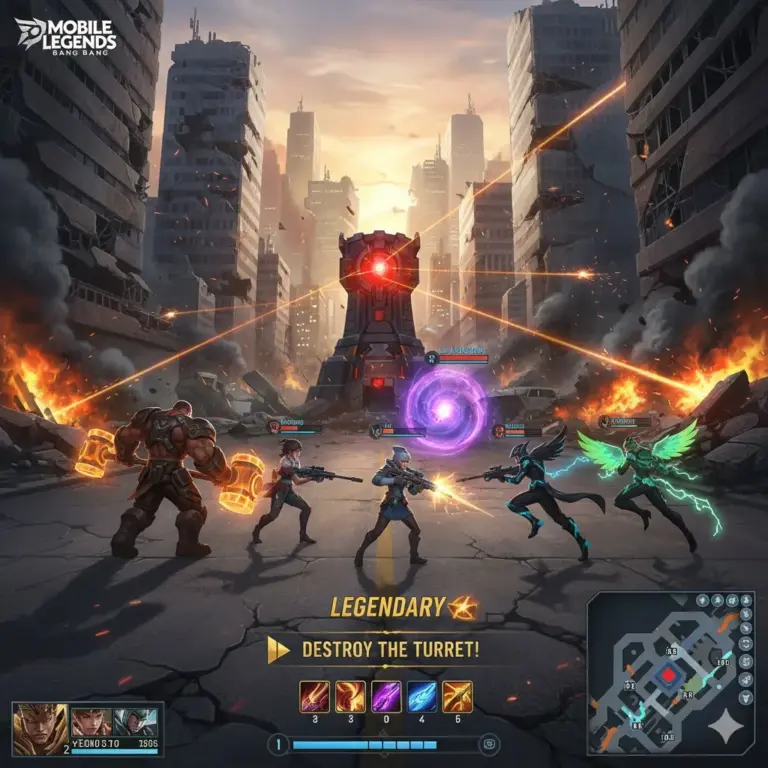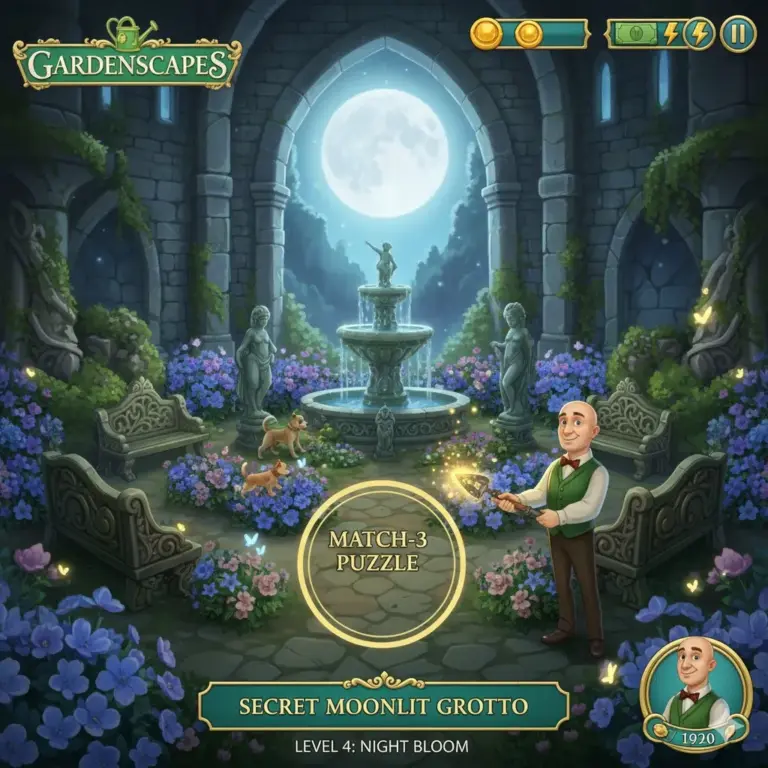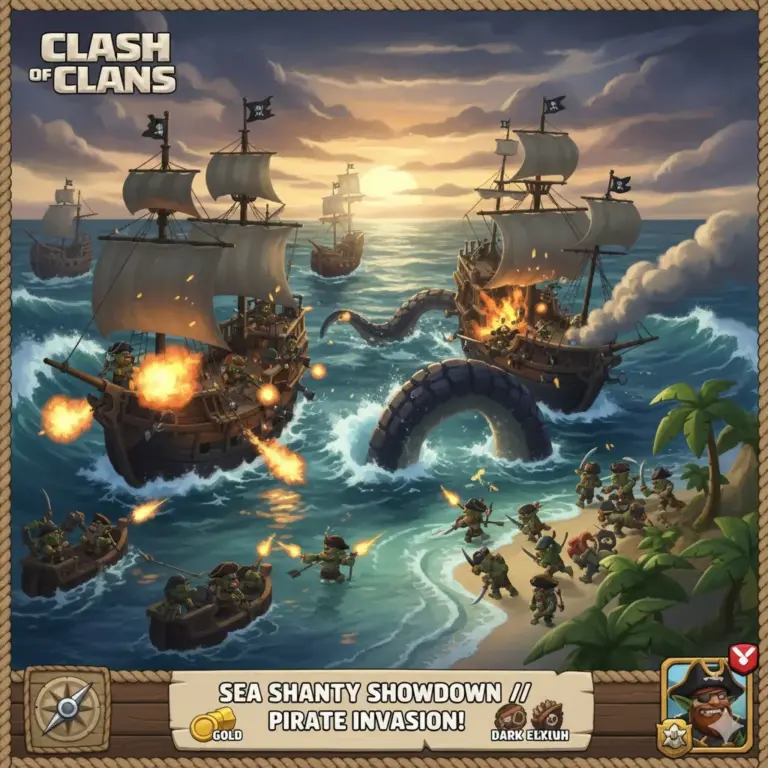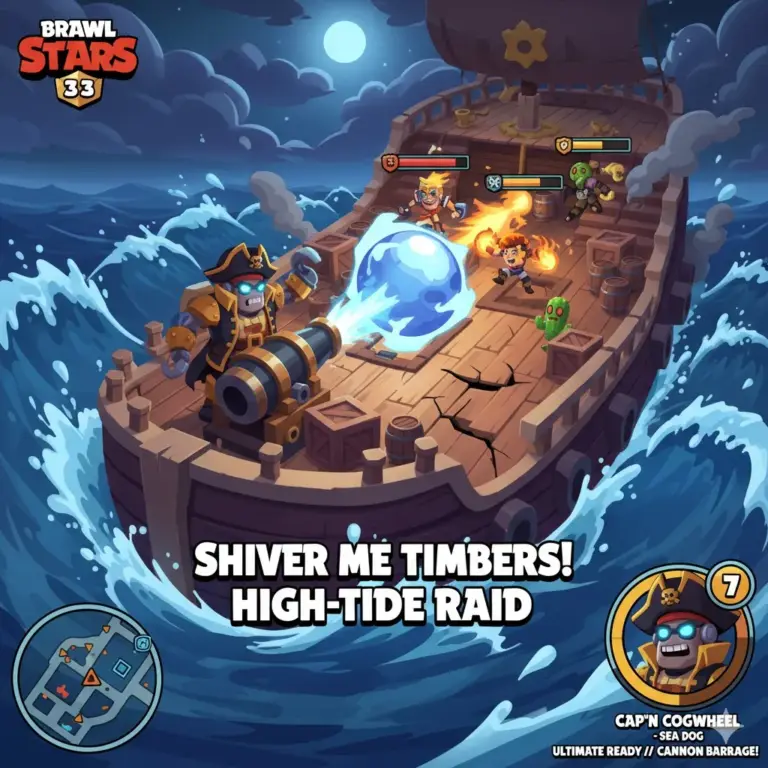Pokémon GO Review 2025: Is Niantic’s Global Phenomenon Still Worth the Walk?
Cast your mind back to the summer of 2016. It was a cultural moment unlike any other. Parks were flooded, streets were clogged, and people were walking into fountains, all with their phones held aloft. This was the launch of Pokémon GO, a phenomenon that transcended gaming to become a global obsession.
Fast forward to 2025. The world is different, and so is Pokémon GO. The crowds have thinned, the media has moved on, and the initial fad has long since faded. Yet, the game endures. It consistently ranks as one of the highest-grossing mobile games on the planet, boasting a dedicated community in the high tens of millions.
This is not the simple “catch ’em all” game that launched in 2016. Niantic’s augmented-reality (AR) monster-catcher has evolved into a complex, multi-layered, and demanding “hobby game.”
But with this depth comes baggage. The game is filled with myriad currencies, competing events, and a monetization model that skirts the line of “pay-to-win.” For a new player, is it an impenetrable wall of content? For a returning player, is it still the game you loved, or has it become a chore?
This in-depth 2025 review answers the critical question: Is Pokémon GO still worth playing?
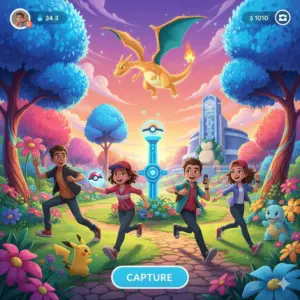
The Core Loop: From Simple Walk to Daily Dashboard
The original 2016 loop was beautiful in its simplicity:
- Walk in the real world.
- Spin Pokéstops for items.
- Catch Pokémon.
- Battle at Gyms.
In 2025, that loop is merely the tutorial. The modern Pokémon GO is a “dashboard” of daily and weekly tasks. A veteran player’s 30-minute session is no longer a simple walk; it’s a checklist of systems.
- Field Research: Daily quests from Pokéstops that reward items or Pokémon encounters.
- Team GO Rocket: A full-fledged PvE (Player vs. Environment) system where you battle “Shadow” Pokémon, defeat leaders, and fight the boss, Giovanni, for a Shadow Legendary.
- GO Battle League (GBL): A deep, global PvP (Player vs. Player) ladder with its own complex meta based on Pokémon stats (IVs) and CP (Combat Power) caps.
- Raids: The core community feature. You team up with other players (either in-person or via Remote Raid Passes) to take down powerful Legendary and Mega Pokémon.
- Timed & Special Research: Multi-step questlines that guide you through events or new story content.
This “feature creep” is a double-edged sword. For the dedicated player, it provides an incredible amount of content. There is always something to do. For a new player, it can be overwhelming. The game does a mediocre job of explaining how these systems interact, forcing players to external resources (like The Silph Road or Pokébattler) to understand the “correct” way to play.
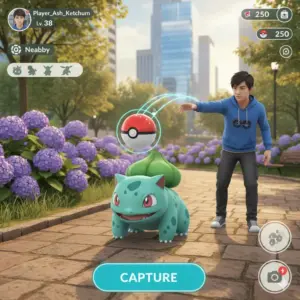
The “Killer App”: Community, Events, and Gamified Exercise
No other game on the market has successfully replicated Pokémon GO’s “killer app”: its perfect blend of community and gamified exercise. This is the magic that keeps the game alive.
Community Days: The Gold Standard for Live Service
The single most brilliant idea Niantic ever had was the Community Day. Once a month, for three hours on a weekend, a specific, often rare, Pokémon will spawn in massive numbers, with a hugely increased chance of being “Shiny” (a rare color variant).
This simple event achieves three things:
- It creates real-world community: You see other players in the park and know you’re all on the same quest.
- It respects the player’s time: It’s a 3-hour window, not a week-long grind.
- It delivers FOMO (Fear of Missing Out): If you miss it, you miss your best chance at a powerful, Shiny Pokémon.
These, along with massive global GO Fests and in-person Safari Zones, make Pokémon GO feel like a true, real-world MMO.
The Ultimate Fitness App
At its heart, Pokémon GO is the world’s greatest pedometer. The game is fundamentally tied to walking. You must walk to find Pokémon, spin Pokéstops, and most importantly, hatch eggs. The “Adventure Sync” feature, which tracks your steps even when the app is closed, is a core part of the experience. The game incentivizes a 50km (31-mile) walk every week.
In 2025, this remains its healthiest and most unique feature. It has genuinely changed lifestyles, encouraging players to take the long way home or go for a walk on their lunch break.
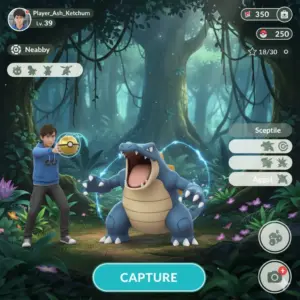
The “Real” End-Game: The Endless Hunt for Shinies and Hundos
So, what’s the long-term goal? “Catching ’em all” is surprisingly easy. A dedicated player can complete their Pokédex (minus some regionals) in about a year.
The real end-game is the endless, RNG-driven grind for perfection. This hunt has three pillars:
- The Shiny Hunt: Shinies are purely cosmetic, but they are the ultimate status symbol. The core end-game for many is simply “collecting the Shinies.” This is a slot machine you “pull” by checking every Pokémon you see.
- The “Hundo” (100% IV) Hunt: Each Pokémon has hidden stats (IVs). A “Hundo” is a 100% perfect Pokémon. This is the goal for PvE content like Raids.
- The PvP Hunt: GO Battle League has its own separate stat-hunting meta, where players often want Pokémon with low Attack IVs and high Defense/Stamina to maximize their potential under the CP cap.
This multi-layered RNG grind means that no player is ever truly “done.” You are always hunting for a better version of a Pokémon you already have.
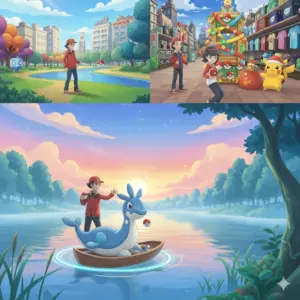
The Dark Side: Monetization and the Rural/Urban Divide
For all its strengths, Pokémon GO is plagued by two persistent, defining problems.
1. The Monetization: “Pay-to-Raid, Pay-to-Hatch”
Is Pokémon GO pay-to-win? Not directly. You cannot buy a 100% Shiny Legendary.
However, the monetization is aggressively “pay-to-accelerate” or, more accurately, “pay-for-more-chances.”
- Remote Raid Passes: Want to do more than one Legendary Raid per day? You have to pay. Want to join a friend’s Raid from home? You have to pay. These passes are expensive and limited.
- Incubators: Want to hatch more than one egg at a time? You have to pay for Incubators, which break after 3 uses.
- Pokéballs / Item Storage: Do you run out of items or Pokémon storage? You have to pay to upgrade them.
This creates a system where a paying player in a city can do 50 Legendary Raids in a single day, giving them 50 chances at a “Shundo” (Shiny Hundo), while a F2P player gets one or two. It’s not P2W, but it’s a system where money directly buys more lottery tickets.
2. The Rural Player Problem
This is the game’s oldest and most unforgivable flaw. Pokémon GO is a game built on real-world location data. If you live in a dense city (like New York, Tokyo, or London), the game is a paradise: a Pokéstop on every corner, hundreds of Gyms, and lobbies full of players for every Raid.
If you live in a rural or suburban area, the game is a barren wasteland. You might have one Gym and two Pokéstops in your entire town. Raids are impossible to do alone. This urban-centric design has been a problem since 2016, and in 2025, it remains fundamentally unsolved.
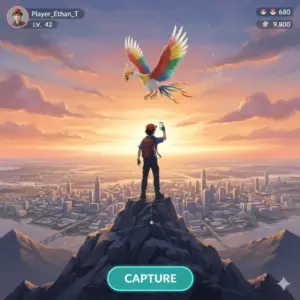
Final Verdict: Is Pokémon GO Worth Playing in 2025?
Pokémon GO in 2025 is a “lifestyle game.” It is a hobby, not a game you sit down to “play” for three hours. It’s a background companion that enriches your daily life—your commute, your evening walk, your trip to the grocery store.
The sheer depth of content is now a massive strength for anyone willing to learn. The community aspect remains unrivaled, and it is, without question, the best fitness-gamification app ever made.
However, its pleasures are heavily skewed toward those in urban areas. Its end-game is a pure, unapologetic RNG slot machine that demands either endless time or a significant amount of money.
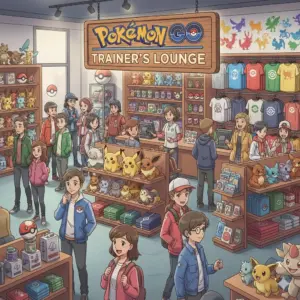
You should play Pokémon GO in 2025 if:
- You live in a suburban or urban area with Pokéstops.
- You want a fun, compelling reason to walk more and exercise.
- You are a “collector” at heart who enjoys the thrill of a rare, random hunt.
- You love the Pokémon franchise and the idea of a real-world community.
You should AVOID Pokémon GO in 2025 if:
- You live in a rural, remote area.
- You are a “completionist” who wants a game you can “beat” and put down.
- You are easily frustrated by extreme, RNG-based grinds.
- You are strictly F2P and will be frustrated seeing paying players get more chances.
It is no longer a global fad, but it has gracefully evolved into a sustainable, deep, and truly unique global hobby. If you’re looking for a reason to get off the couch, Pokémon GO is still worth the walk.
Final Score:
- Gameplay (Core Loop & Events): 4.5/5
- Community & Social: 5/5
- Monetization & Accessibility: 2.5/5
- Longevity & End-Game: 4/5
